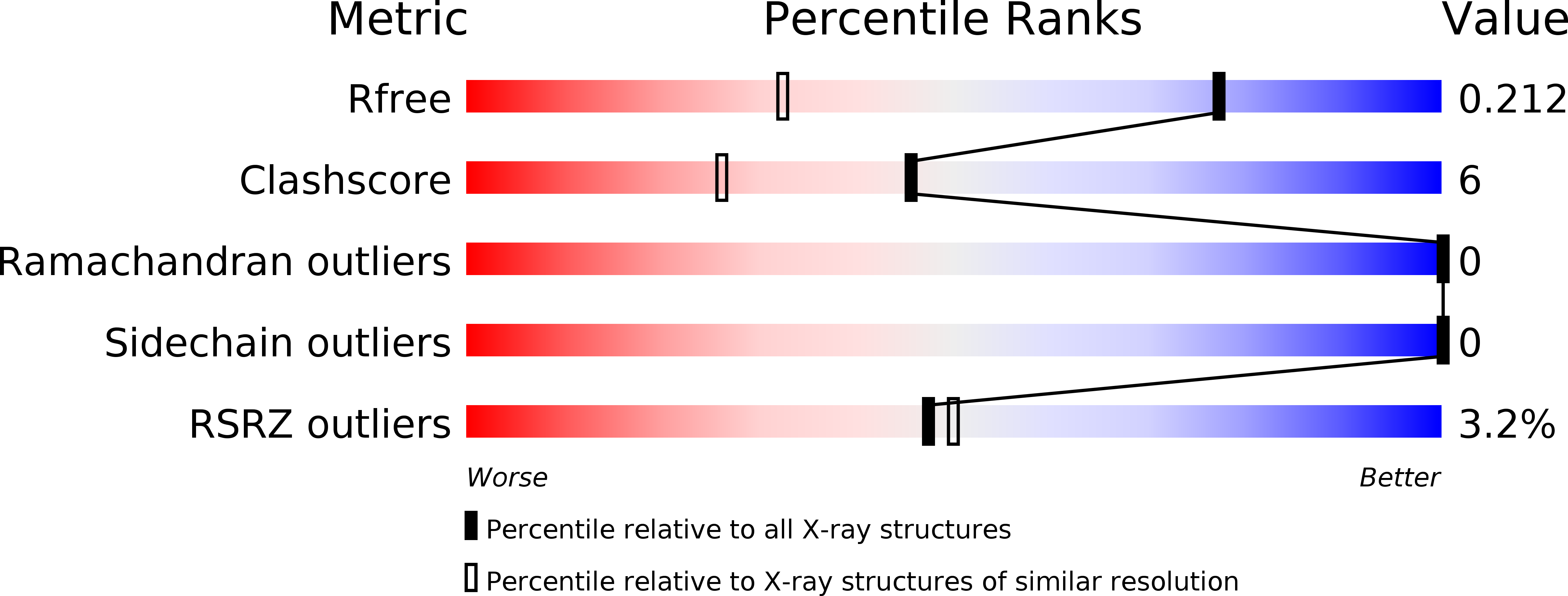
Deposition Date
2016-05-18
Release Date
2017-03-22
Last Version Date
2024-05-08
Entry Detail
PDB ID:
5G51
Keywords:
Title:
High resolution structure of the part of VP3 protein of Deformed Wing Virus forming P-domain
Biological Source:
Source Organism:
DEFORMED WING VIRUS (Taxon ID: 198112)
Host Organism:
Method Details:
Experimental Method:
Resolution:
1.45 Å
R-Value Free:
0.21
R-Value Work:
0.18
R-Value Observed:
0.18
Space Group:
C 2 2 2


